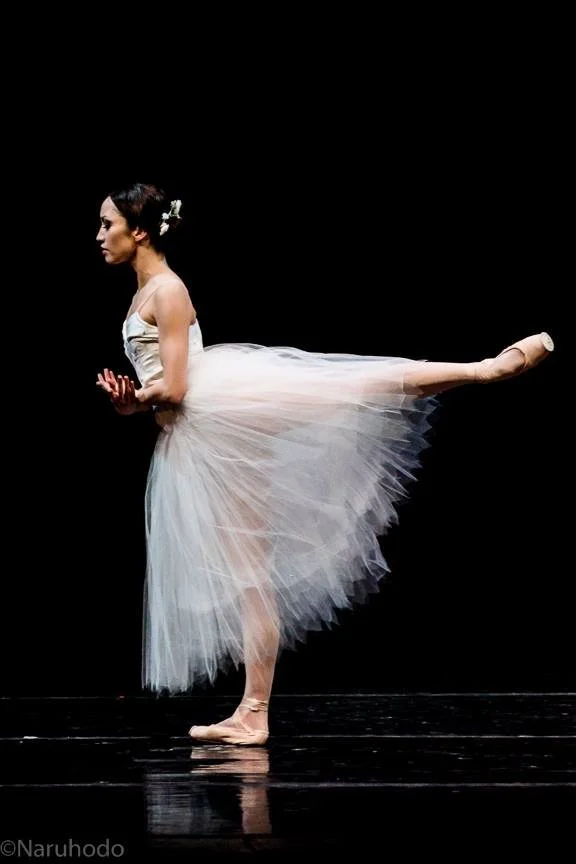Founder’s Story and Vision
Like many little girls I started ballet at a young age, entranced by tutus and dancing on tip toe. Learning to dance in California, I was insulated from mainstream American ballet’s culture of whiteness. I was never the only Asian American in class – sometimes we outnumbered our white class-mates. My teacher was Korean American and she hired Asian American guest dancers for many of our productions. I never thought to question whether or not I belonged in ballet. All my life I had been treated fairly at my studio and had gotten good casting in our pre-professional productions.
When I joined my first company I was in for a rude awakening. Though there were two Asian American principal dancers in the company, I was always all alone in the corps as the only Asian American. This pattern repeated itself as I moved on to other companies. Though I had the occasional Asian American colleague, I never worked with an Asian American director and only once worked with an Asian American choreographer. Why did I continue in this career? I was fortunate to work with several smaller companies where the directors gave me opportunities to perform artistically fulfilling principal roles. Though I enjoyed these experiences, I sought the job security and notoriety that came with a more prestigious company contract. However, at the larger companies I moved on to, I was given less opportunities to dance, though I was featured more than once in the culturally insensitive Chinese Tea divert from the Nutcracker.
I believe there should be a company for Asian American ballet dancers to join where they can feel inspired, where they will be treated equally, where they can perform repertoire that is meaningful to them. I believe little Asian American children have the right to envision themselves onstage, not just as tokens but as serious dancers. I want them to see an Asian American lead couple; an Asian American corps de ballet; and Asian Americans dancing solos that don’t have anything to do with Chinese tea.
People of color belong in ballet and deserve to have the safe space option of dancing together. I want an Asian American company to follow in the footsteps of trailblazers such as Ballet Hispanico and Dance Theatre of Harlem. I dream of a new generation of children who will grow up thinking Asian American dancers are normal, not unique or exotic. A new generation of Asian American dancers will be able to dream, like I once innocently did, that the ballet world will welcome them. And unlike me, they will be welcomed, in at least one company – the Asian American Ballet Project.

